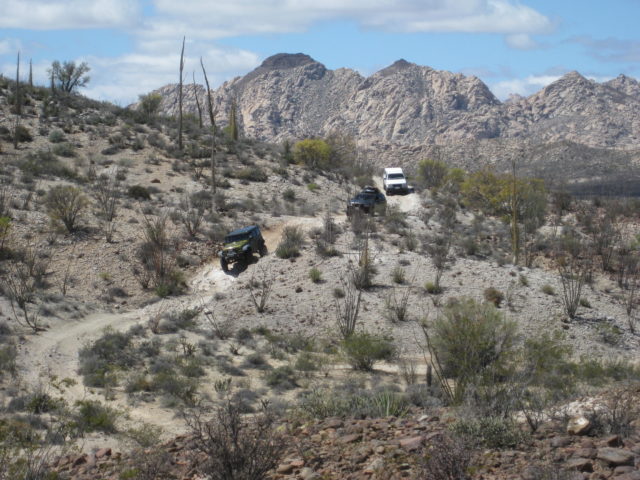Quote: Originally posted by Ken Cooke  |
Walking out is entirely possible. A Hemet firefighter walked and jogged beside our Jeeps 2 decades ago from the swamp to the hill overlooking Rancho
Santa Ines. Fun memories. |
Two decades ago I would have agreed with you. Long term abuse of my knees has finally caught up with me, and at age 78 the walk better not be too
long!
By the way Ken, it is good to see you posting here! Since I first started following this forum in 2014, you are one of the Nomads I have hoped to
meet up with some day.
[Edited on 6-3-2025 by AKgringo] |












